Sharp objects, shattered glasses, and hot metals – these are some of the many workplace hazards which could lead to severe cut and abrasion accidents to workers in the construction, machinery and equipment, metal fabrication, heavy lifting and manufacturing industries. It’s such a sad truth: these accidents could easily harm their hands on a long-term, leading to loss of job and sustainable income for their loved ones.
Many protective gloves may offer only limited resistance against this risk. The market has been flooded with so many safety gloves from various manufacturers, all promising to deliver enough protection against cuts. Worksites should be required to set the right amount of protective wear that provides high levels of safety without compromising comfort for the end users. High-quality safety gloves should offer:
• Excellent cut or impact resistance;
• Better grip and dexterity;
• Fitting and Comfortable; and
• Ability to offer penetration or heat resistance for the right job application
Do your gloves meet the international industry-recognised standards? Here are tips to selecting the best cut-resistant gloves for your workers:
1. Choose the Right Materials.
Remember that all gloves are not created equal. It is crucial that your selection is based on the fiber used, as well as its thickness and coatings. Gloves are actually made from various materials, the most common are the following:
• Dyneema® Fiber. This is a high strength, yet light and flexible material made from an ultra-high molecular-weight polyethylene fiber. Dyneema has the ability to protect people from explosions and injuries.
• Natural Fabric. This is made from natural materials such as bamboo, leather, latex, and cotton to provide superior resistance and tensile strength.
• Wire Mesh. This material, also known as metal mesh or wire fabric, is a common metal product that can be used in a variety of applications, from industrial to commercial use.
• Kevlar® Fiber. This material is considered 5 times stronger than steel, offering a unique combination of toughness, thermal stability, high modulus and strength, which can be attributed to its distinct chemical composition of aromatic polyamides or aramids. What makes Kevlar unique from the rest is its resistance to flames. It will not begin to burn until 800-deg Fahrenheit.
• SuperFabric®. This material overlaps a layer of fabric with well-placed highly durable plastic guard plates, making it a challenging barrier against razor-like threats. HexArmor, one of MacroVista’s partners, is one of the leading PPE manufacturers that use SuperFabric materials in its hand protection gloves.
2. Cut performance level
The EN 388 standard sets the guideline for assessing the performance of a fabric or layers of fabric in gloves. It is a compilation of 4 tests, which include cuts. The results drawn from the tests are used to find out the actual cut level provided by the glove’s material.
In addition, the tests are meant to evaluate how much force is required to cut it. The coup test (originally from the EN 388:2003 standard) no longer provides reliable scores because the blade used would quickly dull when testing yarns with high levels of glass and steel fibers.
With the implementation of the new EN 388:2016 standards, gloves also undergo the “TDM-100 Test” or the ISO 13997 cut test method, utilising a TDM machine with sliding blade and weights to test every glove product. It is similar with the ASTM F2992-15 test method in the ANSI 105 standard.
3. Right size and fit
In a survey released by Kimberly Clark Professional, 82% of safety professionals observed that workers in their organisations fail to wear the required PPE. One of the reasons for not complying with the policy is ill-fitting PPE. Poorly fitting gloves are bane to every user because it limits the motion of their hands, and can even cause some occasional muscle cramps and blisters.
The right sizing specifications and fit are important! When selected correctly, they mean optimal comfort and ease of use even during long work hours. Comfort should be evident in the following areas:
• Inside seams
• Outside seams
• Seams across palm
• Seams across back
It is best to try on a pair, and test its comfortability, breathability, and fit before you make the actual purchase.
What are the types of cut-resistant safety gloves?
There are many brands or manufacturers that produce professional-grade safety gloves on the market. Some of the recognised names are HexArmor, a leading manufacturer of cut-resistant gloves; and Ansell. Both companies carry products that have passed the most rigorous cut tests and have been rated by CE EN and ANSI standards. Here are a few examples of their gloves:
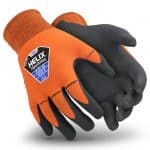
• High-performance 15-gauge nylon blend shell that offers 360-degree cut protection
• Flexible foam nitrile palm coating for superior grip and abrasion resistance
• Knit wrist can help prevent dirt and debris from entering the glove
• Has Safe Finger Release Technology
• Silicon-free.
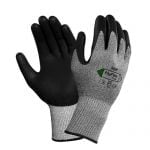
• Ansell’s HyFlex 11-435 glove is the first cut-resistant ISO Cut level C on the market made with water-based polyurethane & NBR
• Resistance to cuts and burrs. A seamless plaited glove for very good fit, dexterity and flexibility. Excellent breathability and cool feeling
• Water-based polyurethane & NBR enhances the dexterity and comfort of the glove, as the polyurethane doesn’t penetrate inside it
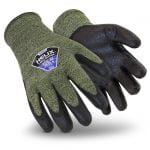
• Knit: 13-gauge flame resistant aramid and wool blend shell offering 360° degree cut protection
• Coating: Flexible FR-compliant neoprene/nitrile blend palm coating
• Hazard risk category HRC 1 arc flash protection (ATPV 7.7 cal/cm2, as per ASTM F2675/F2675M–13 – determining arc flash rating of hand protective devices)
• Knit wrist helps prevent dirt and debris from entering the glove
• Silicone-freet
By using high-performance PPE brands, you get more superior protection, better performance and increased efficiency. Should we say lesser accident reports? Protecting people has never been this complex. Remember that your people deserve better.
Are you currently looking for cut-resistant gloves that your workers are more than happy to use? We can help you assess your needs, and recommend the most suitable gloves based on your requirement and budget. Contact us today in the following numbers:
Singapore
Tel: +65 6748 9773
E-mail: sales@macrovista.com
Philippines
Tel: +632 633 9578
Email: sales@macrovista.com
For more information on our cut-resistant gloves, click here.
ings.
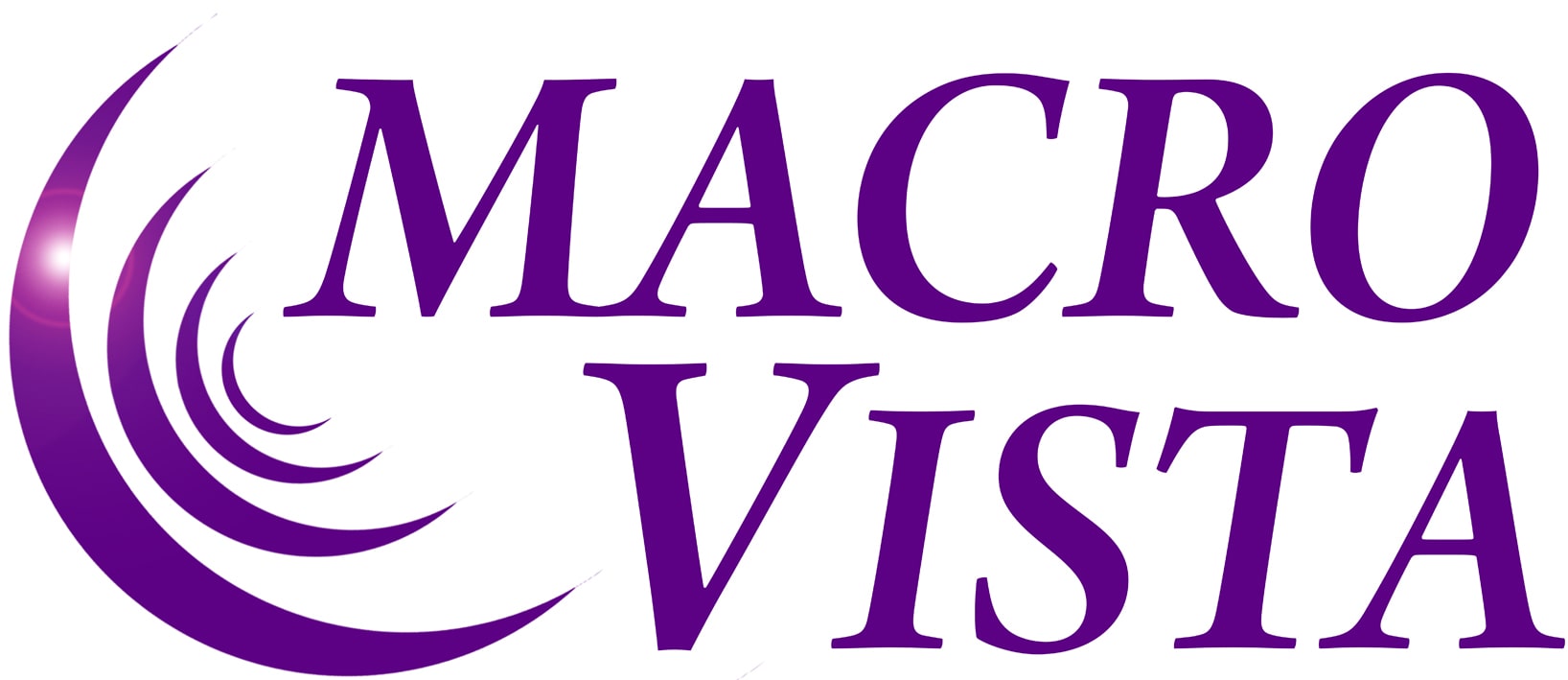
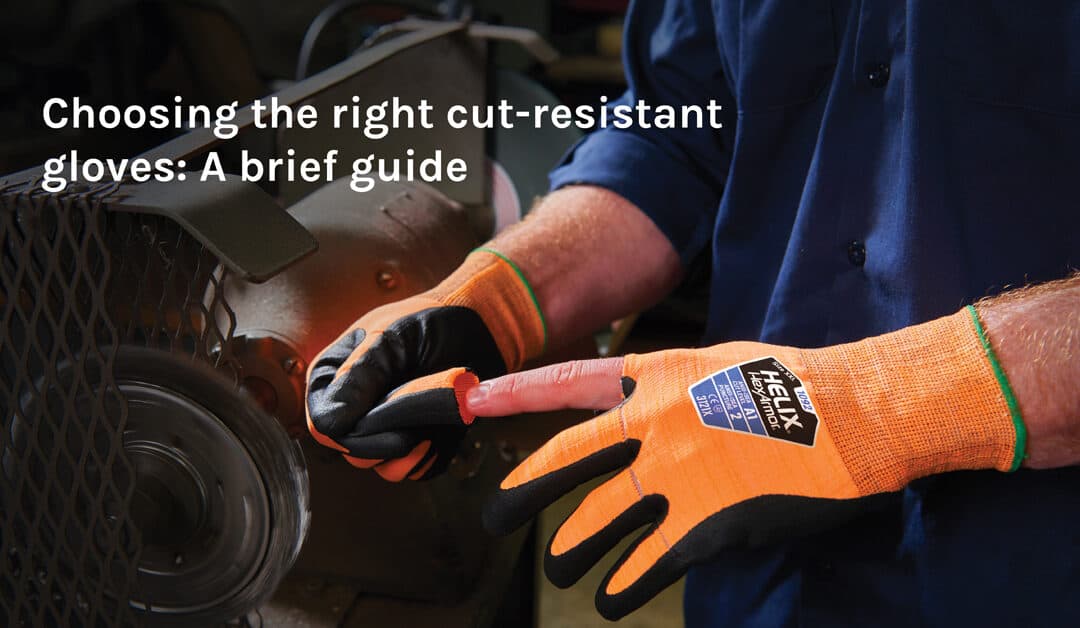
Recent Comments